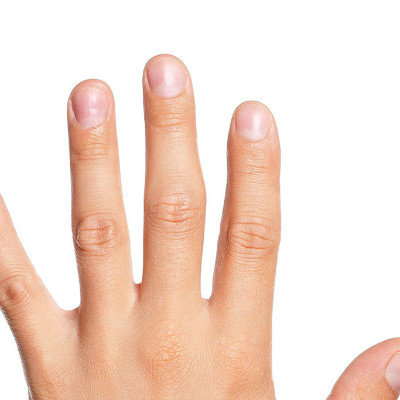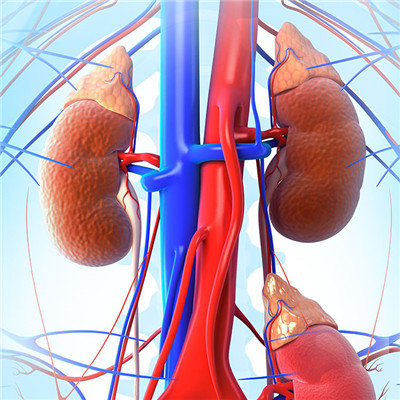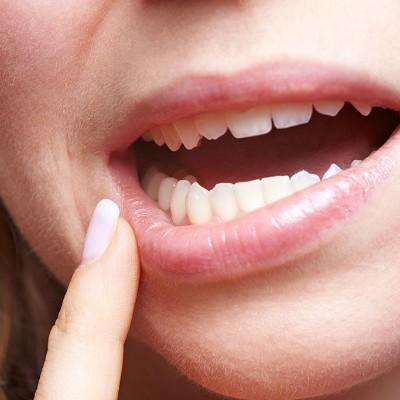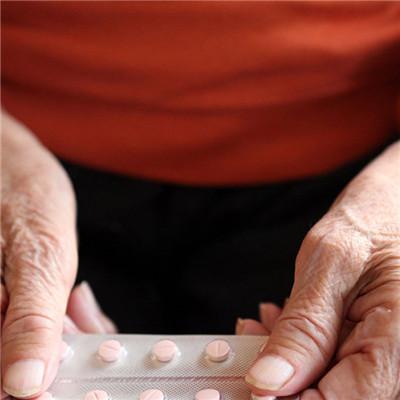What is the use of tourniquet?
summary
Rubber tourniquet and cloth tourniquet were mainly used in first aid. Rubber tourniquet is a kind of special rubber tube, which can be replaced by rubber strip, bicycle inner tube, etc. When using, the tourniquet should be placed in the appropriate part of the limb, such as the upper limb should be placed in the upper 1 / 3 of the upper arm; The lower limbs are placed in the middle and lower 1 / 3 of the thigh. What is the use of tourniquet? Next, I'd like to share my views with you.
What is the use of tourniquet?
The upper tourniquet should be placed as close to the bleeding site as possible on the premise of effective hemostasis. However, it is forbidden to use tourniquet in the middle part of the upper arm because there is a radial nerve passing through the surface of the humerus. The compression of the tourniquet can cause radial nerve injury, which makes it difficult to recover the function below the forearm in the future.

When using cloth tourniquet made on site, such as towel, handkerchief, etc., it should be folded into long strips, about 5cm wide, so as to bear uniform force. It is strictly forbidden to use wire, iron wire, string and other too thin and inelastic articles as tourniquet, because these articles not only have unsatisfactory hemostatic effect, but also damage the skin, causing trouble for future treatment and rehabilitation.

When the tourniquet is tied, its tightness is appropriate to just press the artery bleeding. If the upper band is too tight, the skin, nerves, blood vessels and muscles at the tourniquet will be damaged, and even the distal limb will be necrotic, which is not conducive to the functional recovery of the injured limb in the future; If the upper belt is too loose, it only presses the vein, but not the artery, and the blood only goes out but not in, which not only fails to achieve the purpose of hemostasis, but aggravates the bleeding. The criteria for success of the upper band were the cessation of distal arterial bleeding, the disappearance of arterial pulsation, and the whiteness of the extremities.
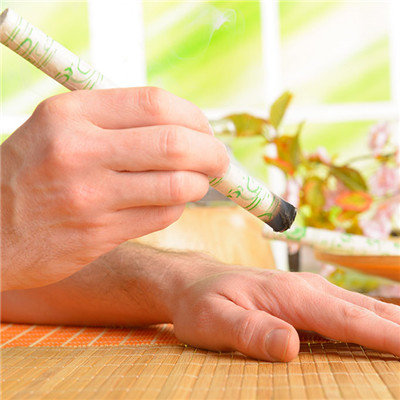
matters needing attention
The tension of tourniquet should be appropriate: pressure is one of the key problems in using tourniquet. The tension of tourniquet should be based on the stop of bleeding and the inability to touch the pulse at the distal end. Too loose often only presses the vein, causes the vein blood return obstruction, on the contrary aggravates the hemorrhage. When using inflatable tourniquet, adult upper limb should be maintained at 40kpa (300MMHG), lower limb should be maintained at 66.7kpa (500mmhg).
